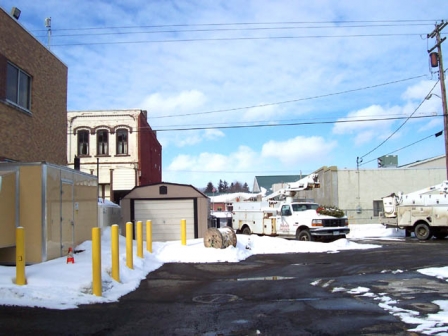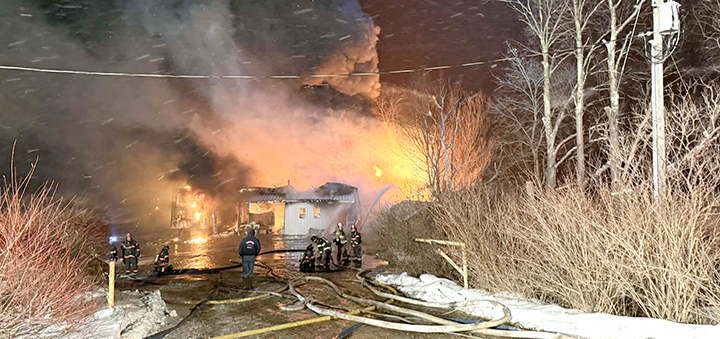Chronological diversity
Tear it down and rebuild something else? Or repair what is already there? These seem to be the two major choices confronting urban planning.
As a historian, I prefer keeping what already exists, because it contributes to a chronological diversity, an array of buildings of diverse ages. Buildings constructed in different time periods reflect the architecture of those periods. The end result is much more interesting than a large swath of buildings all the same age.
But then, I am fascinated by diversity no matter where it is, whether in urban, suburban, or rural settings. Most people are not. In fact, they are hostile to the notion of mixing the old with the new. Some folks are slaves to fashion. They remodel just to update, as if being behind the times was a grievous sin.
Those of us who appreciate the old-fashioned are not against the newfangled. We love the diversity so we want to mix them into an eclectic hodgepodge. In this sense, everything goes together with everything else. Seeing a building two centuries old next to one recently built glorifies history.








Comments